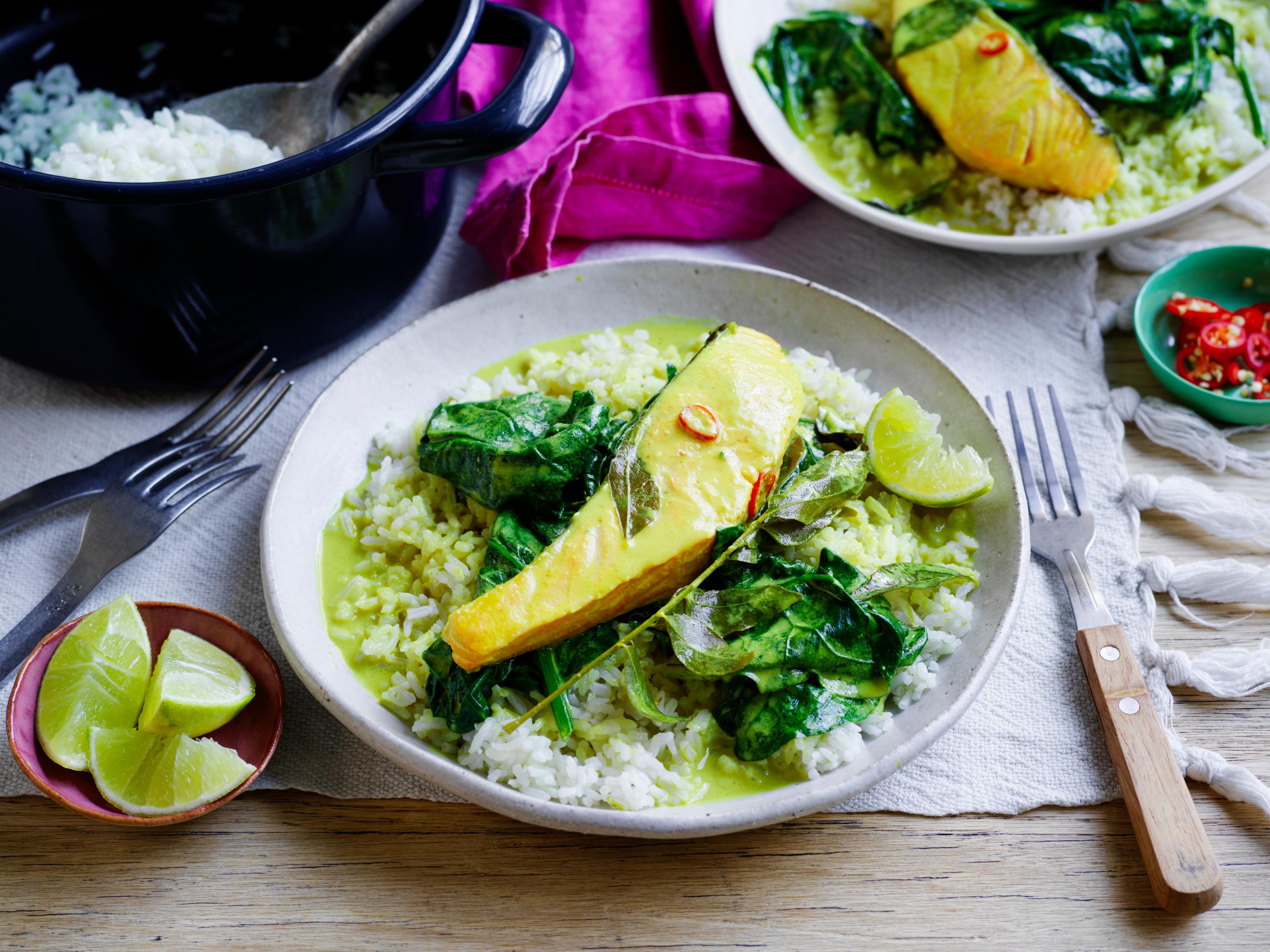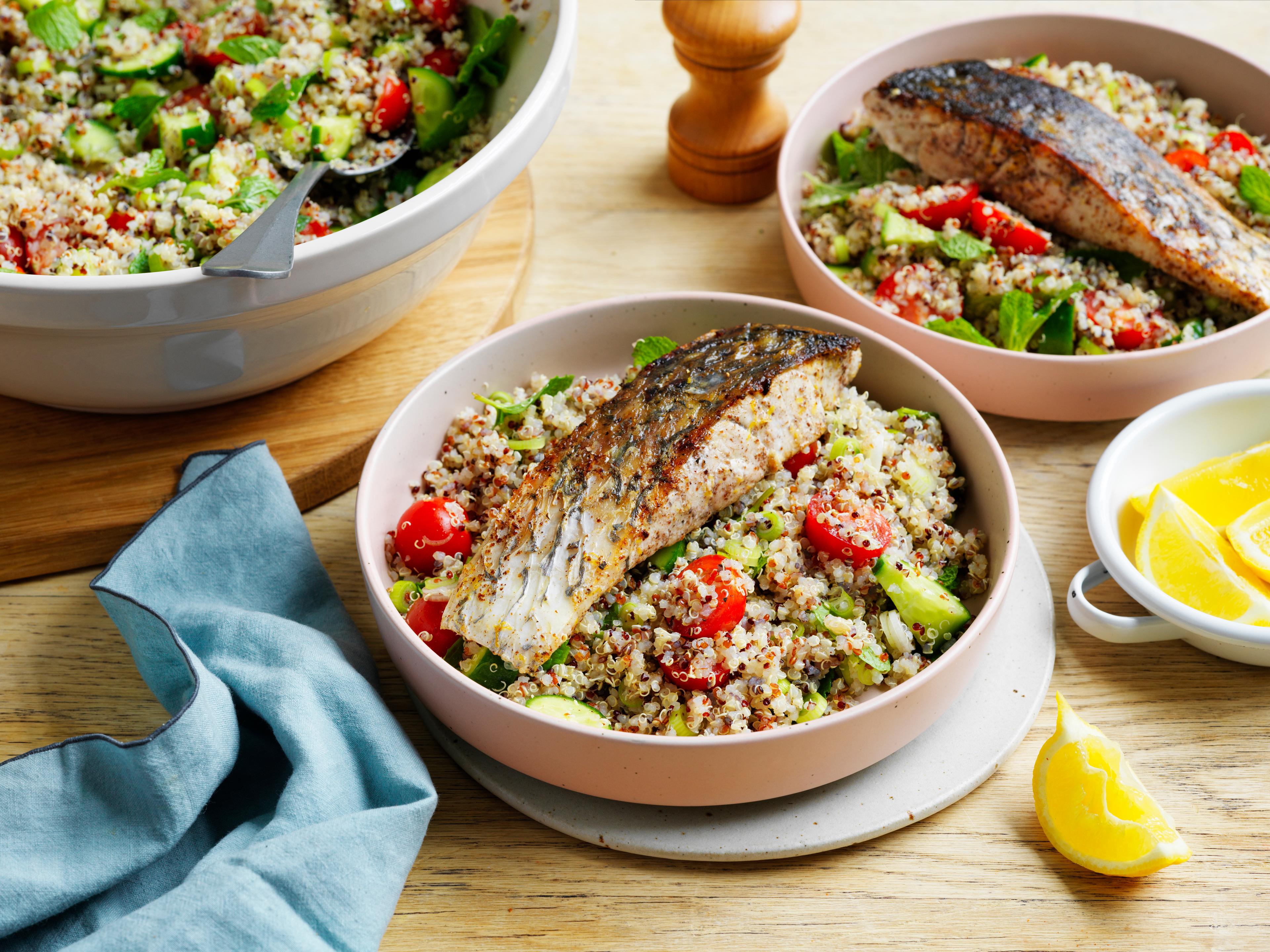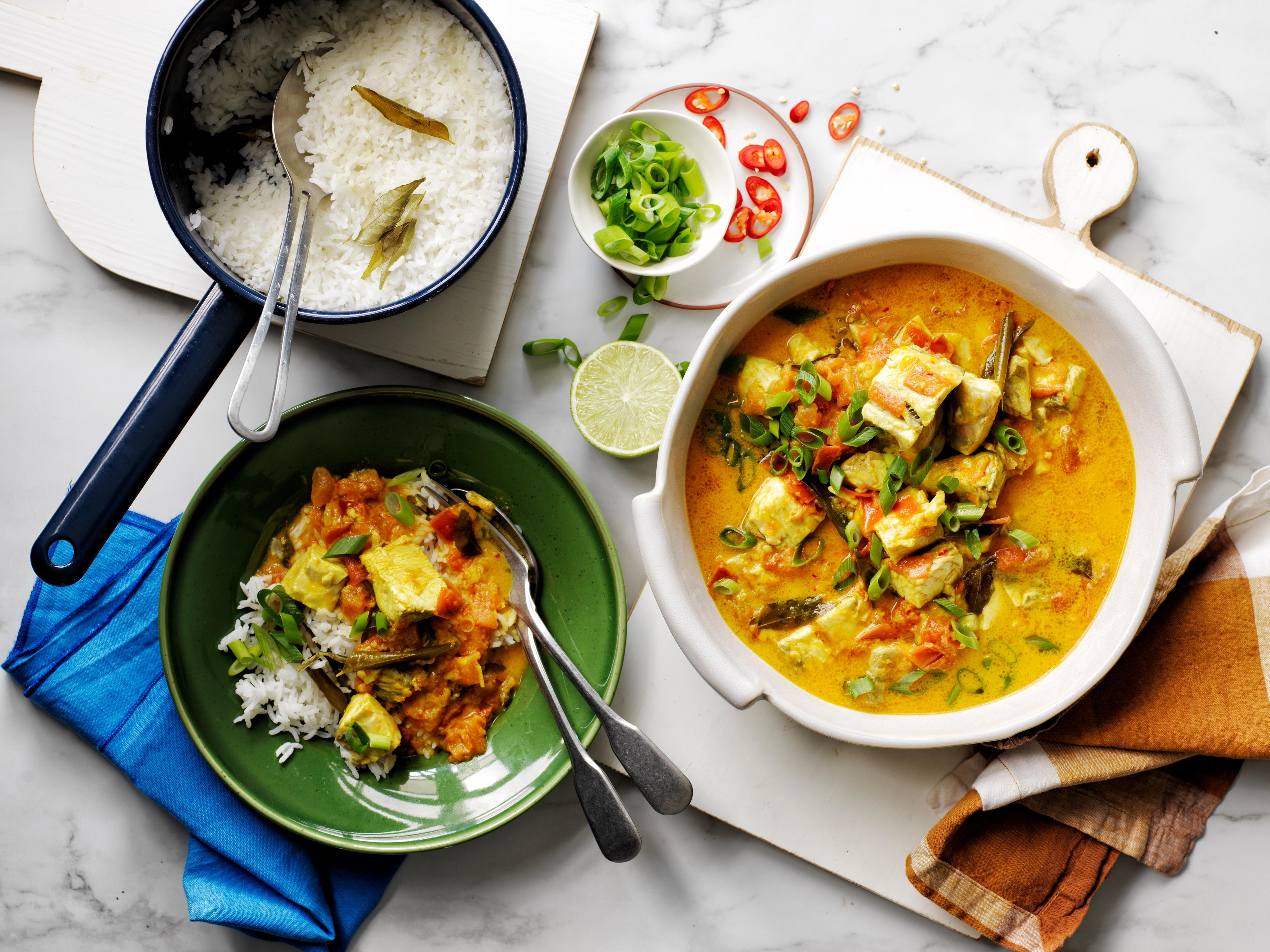
Looking to turn over a new, green leaf (and eat it) in 2023? Yes, it’s the season of promising yourself more wholesome things. Love, money, friends and food are always top of the do-better roll-call. And while serving up more nourishing friendships, relationships and fiscal decisions can be fraught with complications, choosing some gut-balancing, health-promoting foods is absolutely achievable, even for the most commitment-resistant among us.
So, our advice? Give yourself a bit of wriggle room on all those other resolutions and stick to realistic diet changes that aren’t about excluding things, but rather, including the good stuff. Choose these five friendly foods and be sure to munch them each week. And, just like that, you’ve ticked another positive personal growth box: sticking to your resolutions.
1. Wholly good whole grains
We know, fibre is kind of a dowdy word, but if you can steer away from images of slipper-shuffling octogenarians and conversations about bowel regularity for just a moment, you’ll learn that, actually, it keeps you young and well. Fruits and vegetables give you great fibre, but level-up your intake with whole grains. These fibre-filled, non-digestible carbs aren’t absorbed by the small intestine and so carry onto to the large intestine, where they go about promoting beneficial gut bacteria. And that’s something we all want. If your gluten-intolerant or coeliac, steer clear of gluten-y grains and instead get on the oat bandwagon. Other good options for gluten-free whole grains include freekeh, quinoa and brown rice. You don’t have to default to bran cereal to get your daily ‘roughage’ (as your grandad days), there are loads of delicious ways to get down with whole grains.
Fibre-friendly favourites:
Harissa Halloumi, Brown Rice and Broccolini Salad
Sumac-Spiced Barramundi with Quinoa Tabouli (pictured)

2. Leafy-green clean
All greens are great, but it’s the dark, leafy greens that pick up that broom and give your insides a thorough sweeping. Far from rabbit food, leaves such as kale, spinach, Swiss chard, and bitter leaves, such as raddichio, are loaded with vitamins and minerals that help reduce your risk of chronic illnesses. We’re talking zinc, folate, vitamin C, iron, magnesium and calcium. They’re a veritable multi-vitamin, only better, because the body absorbs these goodies far better when eaten as food, not swallowed as a tablet. Dark and mysterious greens are also full of carotenoids, which have super anti-inflammatory powers. If your nose is scrunching up at the thought of sitting down to a bowl of spinach, here’s the even better news, leafy greens are incredibly versatile. They’re virtually undetectable in a fruit-filled smoothie, give lovely texture to soups, and completely transform salads from boring to bodacious when dressed up in a dash of olive oil, squeeze of lemon juice and salt and pepper.
Easy green recipes:
Tofu Spinach Saag
Chicken, Spinach and Zucchini Enchiladas (pictured)

3. Take the pulses
Pulses, or legumes, are essentially mini mouthfuls loaded with marvellously healthful nutrients. They’re often a popular choice in meat-free diets, as they’re a good source of protein. But don’t relegate them to veg-only fare, these guys bring texture and flavour to almost anything. Also, there’s loads of them, so if you don’t care for lentils, well then, take your pick from chickpeas, lima beans and other bean-y friends, or black-eyed peas and the like. Again, these guys are practically bursting their tiny pulse-y skins with fibre and nutrients and are ultra-easy to add to salads, braises and soups.
Elevate your pulse intake:
Harissa Cauliflower with Syrian-Style Lentils
Miso Vegetable Buddha Bowl with Crispy Chickpeas (pictured)
Sumac Butter Cauliflower with Butter Beans and Rocket

4. Turn it up for Turmeric
This golden-hued spice hails from India, where it is well-loved and ubiquitously used. Turmeric is a rhizome from the ginger family and it’s the compound ‘curcumin’ in the root that takes the credit for a litany of potential health benefits. Curcumin is a powerful antioxidant, which can help lower inflammation in the body. And with inflammation being a big player in disease, we want to shovel in anything we can to calm it right down. The catch with turmeric, though, is that curcumin isn’t easily absorbed into the bloodstream, so it’s best to enjoy it along with black pepper, which helps activate its bioavailability – give your dish a few turns of the grinder. Curcumin also breaks down in fat and oil, so add turmeric to meals that are a little fatty to help it do its thing.
Tastes of turmeric:
Light Sweet and Sour Turmeric Fish Curry (pictured)
Poached Turmeric Salmon with Coconut Rice and Spinach

5. Hot (sweet) potatoes
Ah, the sweet potato. This oft-overlooked tuberous root may surprise you with its health benefits. Granted, it’s not the sexiest ingredient in the pantry, so we don’t get as whipped into a fan frenzy about it as we do with pouty little blueberries or sultry avocadoes, but it’s time to pay this gnarly, orange veg its due. Packed inside is fibre, potassium and vitamins A and C, as well as those inflammation-fighting carotenoids. Mash them, chip them, roast them, and even grate them into a burger patty. And remember, bright-coloured foods make you glow from the inside out, so show the sweet potato some love.
Get that Sweet Potato glow:
Roasted Sweet Potato with Warm Feta Chickpeas
Spanish-Style Chicken and Sweet Potato Pot Pies (pictured)

Sources:
https://www.healthline.com/nutrition/true-superfoods#TOC_TITLE_HDR_2
https://www.healthline.com/nutrition/top-10-evidence-based-health-benefits-of-turmeric


